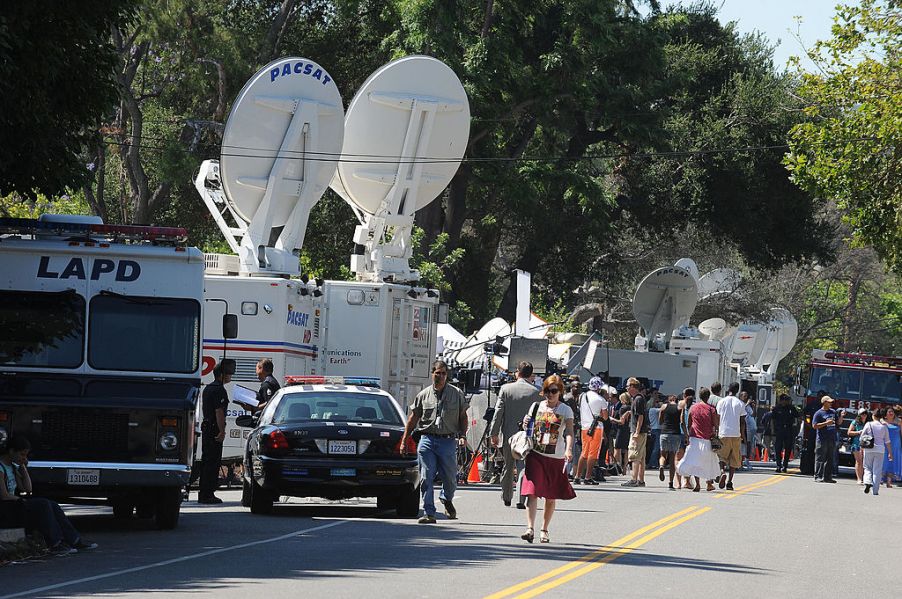
Exploring Satellite Broadcast Vehicles and the Job of Their Operators
News and disasters happen anytime, anywhere, and often with no notice. So, the need to keep information fresh and flowing becomes increasingly important during these events or crises. Sometimes waiting for a report at the end of the day is not sufficient. Enter satellite broadcast vehicles and their operators. But, what exactly is expected of them?

What are satellite broadcast vehicles
Satellite broadcast vehicles are mobile broadcast centers. They have cameras allowing people to broadcast from a location where news is happening. A telescoping mast that can reach fifty feet high is extended and then sends the live message using either microwave, cellular, or satellite signals back to the television station, or other designated center. That message is then incorporated into a live broadcast segment or packaged for into recorded segments for a story later on.
Vehicle setup
The trucks are set up with equipment for electronic newsgathering, or field production. To that end, there will be production and editing equipment, usually mounted on racks, as well as one or multiple cameras available for use. Displays on the racks will also show incoming information or live feed from other locations.
More than news organizations
Satellite news vans are what is typically seen in our daily commutes through town. But, news organizations are not the only ones using vehicles with these types of setups. Law enforcement, crisis control, and disaster relief organizations have used the vans for their own efforts as command epicenters.
Expectancy
The satellite broadcast vehicles are typically used for roughly 8–10 years or 200,000 miles. Not surprisingly, the operating environment can affect life expectancy. For this reason, operators of satellite vehicles are expected to not only know the engineering aspects of video equipment troubleshooting but also to know how to carry out minor vehicle mechanical maintenance.
Some trucks will require a commercial driver’s license to operate. Additionally, depending on the weight of the vehicle, stopping at the department of transportation weigh stations is required. Annual exams and records of driving time are typically mandated in these situations.
As an operator of a satellite broadcast vehicle, income earned can be from $35,000 to over $100,000 yearly depending on a few things – the hours worked, experience, and the location being served. Some operators are direct employees of organizations. Others are freelancers with their own broadcast trucks or vans.
Life of the operator
On-the-job training from mentors is usually how an operator of satellite trucks or vans gain their skills. There are a few training classes, but they are not common. Also, since news happens at any given moment in time, operators must be willing to travel with little or no notice. So, it is not uncommon for packed suitcases to be alongside the gear and broadcast equipment, as the operator and the truck or van must ready to serve onsite immediately behind the scenes. Often times, the operator receives little or no recognition for the efforts.
Satellite broadcast vehicles seem to have a hard life. So do their operators. Both are always on call. But, when working together in sync, the onsite information they provide via live feeds can be vital to any given new story, or for law enforcement in crisis mitigation, or for disaster relief teams that are spread over a few miles. Yet, they are both often the unsung heroes. Maybe now, however, there will be a little more understanding of both of them.


